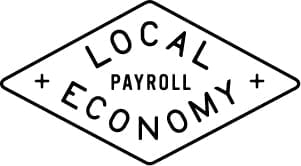Years ago, “onboarding” a new employee meant a quick tour of the workplace, brief introductions to a few co-workers and a stack of forms to fill out. But, today, many employers are catching on to the benefits of a well-planned and fully featured onboarding program.
Employment deliverables
Onboarding refers to “[a formal] process of helping new hires adjust to social and performance aspects of their new jobs quickly and smoothly,” according to the Society for Human Resource Management. A comprehensive onboarding program focuses on a number of employment deliverables, including:
- Stronger performance and productivity,
- Higher job satisfaction,
- Deeper organizational commitment,
- Reduced stress, and
- An enhanced sense of career direction.
It also provides the employer with the opportunity to be crystal clear about its compliance procedures, HR policies, and compensation and benefits offerings.
3 general phases
What does a comprehensive onboarding program look like? Specifics will depend on the size, industry and nature of the employer in question. But, generally, an onboarding program can be segmented into three phases:
- Prestart preparation. The onboarding process should begin before a new hire starts work. This involves steps such as discussing his or her specific acclimation needs, choosing and preparing a work space, and designating a coach or mentor.
- Start date procedures. As the saying goes, “You never get a second chance to make a good first impression.” An onboarding program might involve an itemized start-date schedule that lays out everything from who will greet the new employee at the door to what paperwork must be completed to a detailed itinerary of meetings and one-on-ones throughout the day.
- Poststart coaching. Even a great first day can mean nothing if a new hire feels ignored thereafter. An onboarding program could establish continuing check-in meetings with the employee’s direct supervisor and coach/mentor for the first 30 or 60 days of employment. From then on, interactions with the coach/mentor could be arranged at longer intervals until the employee feels comfortable.
An important concept
“Onboarding” may sound like jargon. But a failure to respect its importance can result in higher employee turnover, lower morale and weaker productivity
